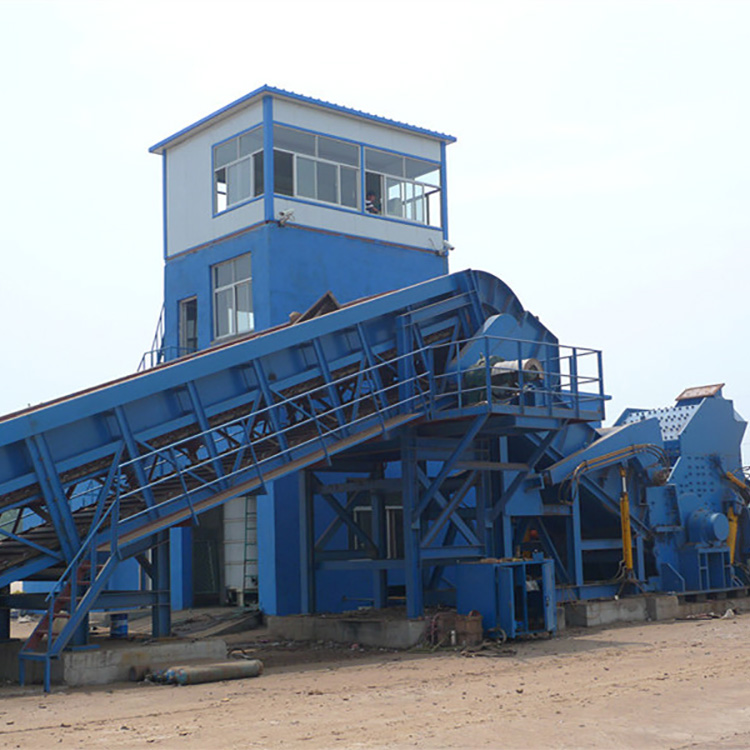Here are the key components and features of a typical scrap shredder
2023-12-08
A scrap shredder, also known as a metal shredder or industrial shredder, is a powerful machine designed to reduce large volumes of scrap materials into smaller, more manageable pieces. These machines play a crucial role in the recycling industry by processing and preparing various types of scrap materials for further recycling or disposal. The primary function of a scrap shredder is to shred or break down bulky items into smaller fragments, making it easier to handle, transport, and process. Here are the key components and features of a typical scrap shredder:
1. Feed Hopper: The feed hopper is the entry point where scrap materials are loaded into the shredder. It provides a controlled and continuous supply of material to be processed.
2. Conveyor System: A conveyor system is often used to transport scrap materials from the feed hopper to the shredding chamber. This helps automate the feeding process and ensures a consistent material flow.
3. Shredding Chamber: The shredding chamber is where the actual shredding process takes place. It contains a set of rotating blades or hammers that shred and break down the materials into smaller pieces.
4. Rotor or Drum: The rotor or drum is the rotating component that carries the shredding blades. It can have various configurations, such as single rotor, dual rotor, or multi-rotor, depending on the type and application of the shredder.
5. Shredding Blades: Shredding blades are critical components that cut and shred the scrap materials. They come in different shapes and sizes depending on the desired output size and the type of material being processed.
6. Screen or Grate: Some shredders incorporate a screen or grate to control the size of the shredded material. The size of the screen or grate openings determines the final particle size of the shredded material.
7. Drive System: The drive system includes the motor and transmission components that provide the power necessary to rotate the shredder's rotor or drum.
8. Hydraulic System: Many scrap shredders use hydraulic systems to control various functions, such as opening and closing the shredding chamber, adjusting the screen or grate, and handling the shredding process.
9. Control Panel: The control panel allows operators to monitor and control the shredder's operation. It may include features such as speed control, emergency stop, and safety interlocks.
10. Discharge Conveyor: After the shredding process, the shredded material is typically conveyed away from the shredder for further processing or collection.
Scrap shredders are used to process a wide range of materials, including metal scrap, plastic, rubber, wood, and more. They are essential in the recycling industry for transforming large and bulky items into smaller, more manageable pieces, facilitating downstream recycling processes. Additionally, shredding helps recover valuable materials from scrap, contributing to resource conservation and environmental sustainability.



